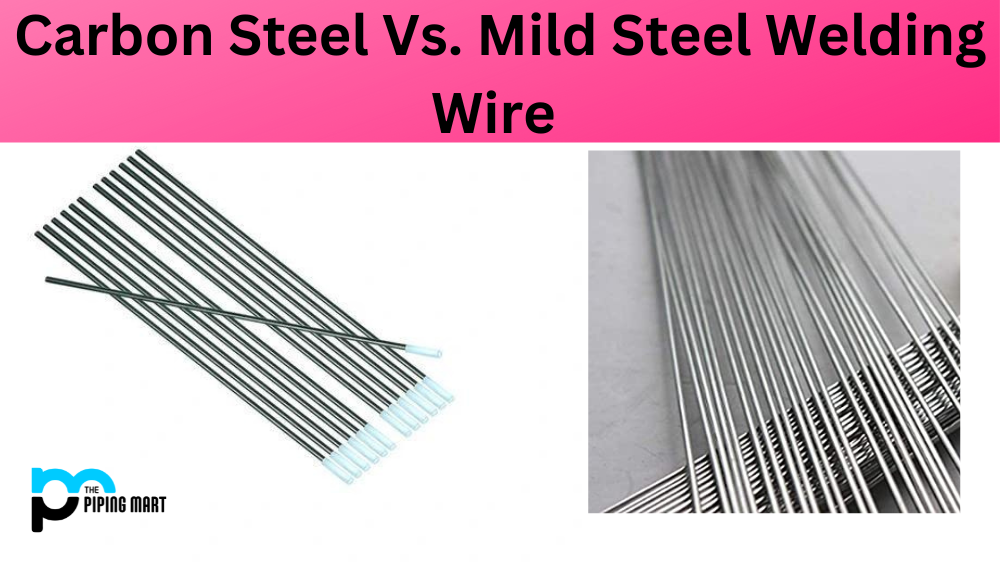When dealing with gas flow, it’s important to understand how the pipe diameter affects the gas flow rate. The larger the pipe diameter, the greater the amount of gas that can be achieved in a given period of time. Let’s look at what you need to know about pipe diameter and gas flow rate.
Gas Flow Rate
The gas flow rate is the rate at which a gas passes through a pipe or other confined space. It is usually measured in cubic feet per minute (CFM) or liters per second (LPS).
Pipe Diameter
The pipe diameter is the internal diameter of the pipe, which is the distance from one inner wall of the pipe to the opposite inner wall.
Pipe Diameter vs Gas Flow Rate
The relationship between pipe diameter and gas flow rate is an inverse one; as the pipe diameter increases, the gas flow rate decreases. To put it another way, larger pipes are better able to contain more gas (in terms of volume) than smaller pipes, but they are not as efficient when it comes to transferring that same volume of gas from one place to another in a given period of time. This is because larger pipes offer more resistance against the movement of air molecules due to their large internal diameters. As a result, less energy is transferred from one end of the pipe to another over a certain period of time.
Pipe diameter and gas flow rate are related, but they are not the same. Pipe diameter is the measurement of the inside of the pipe, usually expressed in inches or millimeters. This measurement determines the rate at which the gas can flow through the pipe. The larger the pipe diameter, the greater the gas flow rate. Gas flow rate is the amount of gas that is able to pass through the pipe in a given amount of time, usually expressed in cubic feet per minute (CFM). The gas flow rate is affected by factors such as the pressure of the gas, the temperature, and the viscosity of the gas.
Pipe Length and Pressure Loss
In addition to pipe diameter, another factor that affects the rate at which gas flows through a system is pressure loss. Pressure loss occurs when there is a difference in pressure between two points in a system due to friction or other external factors such as bends or turns in piping. Longer pipes typically have higher levels of pressure loss than shorter ones due to their increased surface area for air molecules to rub against, resulting in higher levels of friction and, thus, greater losses in energy over time. The effect is lessened by using materials with low roughness coefficients (such as stainless steel) for longer lengths of piping, but even then, there will still be some degree of the pressure loss that must be taken into consideration when determining an appropriate pipe length for your system.
Conclusion:
Understanding how different factors affect your system’s efficiency can help you make informed decisions about what kind of piping you should use and how long it should be so that you can get optimal performance out of your system while minimizing losses caused by friction or other factors such as bends or turns in piping. By learning how pipe diameter influences gas flow rate and taking into account other factors, such as pressure loss due to length or material type, you can ensure that your system runs optimally for years to come!

Abhishek is a seasoned blogger and industry expert, sharing his insights and knowledge on various topics. With his research, Abhishek offers valuable insights and tips for professionals and enthusiasts. Follow him for expert advice on the latest trends and developments in the metal industry.




